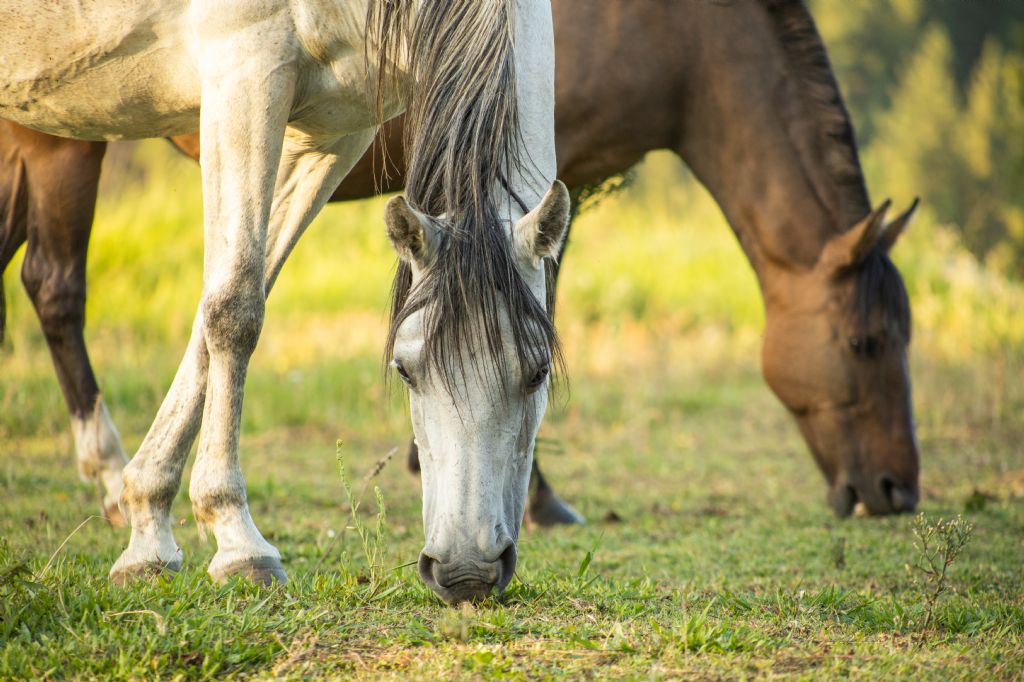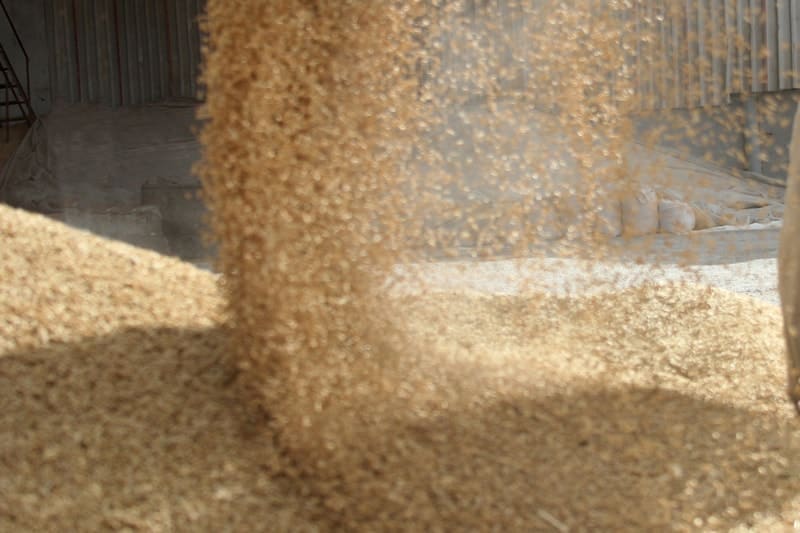Bluegrass News
With the longer evenings approaching, some horses are starting back to work after their winter break. As their fitness programme develops their diet also needs some alterations to meet increased energy and nutrient requirements. Some things to consider when choosing a feed or altering their diet includes their condition score, fitness level, type of exercise, and feeding levels.
Condition Score
Before making any changes to your horses’ diet, take an initial assessment of their body weight and condition. This will help to identify if the diet needs to be aimed at reducing, increasing, or maintaining weight. Regular condition scoring should then be taken throughout their fitness programme to help monitor if your chosen diet is working.
Fitness Level
Consider their workload and fitness level, i.e., light, moderate, or hard work. This will impact the requirements of energy, protein, vitamins, and minerals. For example, vitamin E requirements for a 550kg sporthorse will increase from 413 IU/day at maintenance to 770 IU/day for light work based on KER recommended daily allowance.
Building muscle and developing topline requires high quality protein including essential amino acids such a Lysine. These are balanced with key vitamins and minerals to support health and wellbeing and support recovery from training.
Harder work requires higher demands for energy and other nutrients, and so often performance feed products are higher in digestible energy and protein.
Examples:
Bluegrass Re-Lite Cubes – 12 (MJ/KG) Digestible Energy and 10% Protein
Bluegrass Hi-Performance Mix – 13.4 (MJ/KG) Digestible Energy and 14% Protein
Type of Exercise
The type of exercise planned will impact the sources of energy, for example, stamina or slow released energy will come from feed components like oils and super fibres, whereas short release energy is found in higher cereal diets including oats and maize.
Feeding Levels
Instead of changing feed products, increasing the feeding level may be enough to provide adequate energy and nutrients. It is important to check you are feeding at the recommended level for your horses’ size and workload, this is available on the back of the feed bag. Feeding under the recommended level may mean that the nutrient requirements are not being met, and it may be more suitable to change to a lower energy feed or a balancer such as Stamm 30.
Example of feeding levels for Bluegrass Re-Lite Cubes:
Pony (Light Work) – 1 -1.5kg Pony (Moderate Work) – 1.5-2kg
Horse (Light work) – 1.5-2kg Horse (Moderate work) – 2.5-3kg
All changes to your horses’ diet should be done gradually over 7-10 days to avoid gastrointestinal disturbances. Diets should be based on high quality forage fed at a minimum of 2% of body weight per day (dry matter). As workload increases additional sodium chloride may be required to replenish stores lost in sweat, this can be supplied via salt or electrolytes.
For more specific help you can visit the nutritional advice section on our website and complete the free diet request form for a recommended diet plan from our nutritional advisors,












